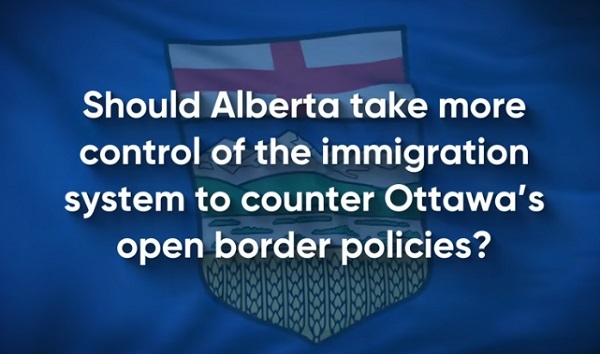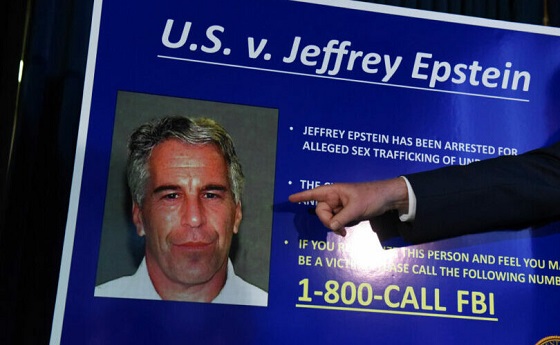Business
As inflation jumps to 3.3 per cent in July, economists say uptick is bad news for BoC
Statistics Canada released its July consumer price index report this morning, with a 3.3 per cent inflation rate. The rise in the pace of growth since June was led by gasoline prices. Gas prices are displayed in Carleton Place, Ont. on Tuesday, May 17, 2022. THE CANADIAN PRESS/Sean Kilpatrick
By Nojoud Al Mallees in Ottawa
Canada’s annual inflation rate rose to 3.3 per cent in July, as economists warn the latest consumer price index report spells bad news for the Bank of Canada.
The uptick in price growth comes after inflation tumbled to 2.8 per cent in June, falling within the Bank of Canada’s target range of between one and three per cent for the first time since March 2021.
“There’s no sense sugar coating this one — it is not a good report for the Bank of Canada,” said BMO chief economist Douglas Porter in a note to clients.
Inflation ticked up last month because gasoline prices fell less dramatically on a year-over-year basis than they did in June, Statistics Canada said.
After a significant run-up in energy prices prompted by the Russian invasion of Ukraine, lower gasoline prices have largely driven the decline in inflation over the last year.
Now, other underlying price pressures need to ease for inflation to fall further. Porter notes gasoline prices are on pace to rise by five per cent in August.
The latest report has raised the odds of a rate hike next month, according to forecasters, despite other signs of economic softening, including rising unemployment.
And while Porter still expects the Bank of Canada to stay on the sidelines, he says “the inflation figures will make it a tougher call.”
Excluding energy prices, the consumer price index decelerated to 4.2 per cent, down from 4.4 per cent in June.
Meanwhile, grocery prices rose 8.5 per cent on an annual basis. The federal agency says prices rose more slowly than June’s 9.1 per cent, largely due to smaller price increases for fruit and bakery goods.
Prices for travel-related services also slowed or declined compared to a year ago. Airfare, for example, was down 12.7 per cent since July 2022.
The Bank of Canada expects inflation to hover around three per cent over the next year, before steadily declining to two per cent by mid-2025.
This longer trajectory back to the inflation target prompted the central bank to raise interest rates again in July, bringing its key rate to 5.0 per cent.
The rapid rise in interest rates has fed into higher mortgage interest costs, which Statistics Canada says continue to be the largest contributor to inflation.
Mortgage interest costs posted another record year-over-year increase in July, rising by 30.6 per cent.
The central bank is hoping households facing higher shelter costs due to rising interest rates to pull back on spending elsewhere and thereby slowing inflation.
The Bank of Canada is set to make its next interest rate decision on Sept. 6.
This report by The Canadian Press was first published Aug. 15, 2023.
Business
Trump confirms 35% tariff on Canada, warns more could come
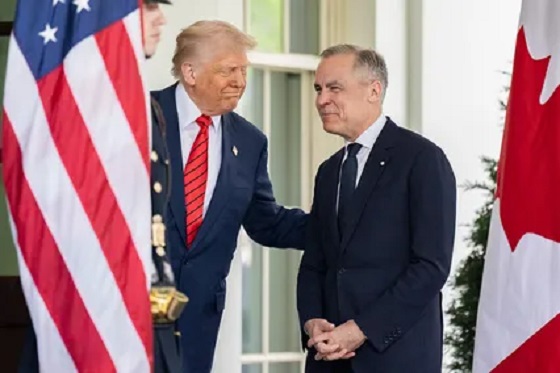
Quick Hit:
President Trump on Thursday confirmed a sweeping new 35% tariff on Canadian imports starting August 1, citing Canada’s failure to curb fentanyl trafficking and retaliatory trade actions.
Key Details:
- In a letter to Canadian Prime Minister Mark Carney, Trump said the new 35% levy is in response to Canada’s “financial retaliation” and its inability to stop fentanyl from reaching the U.S.
- Trump emphasized that Canadian businesses that relocate manufacturing to the U.S. will be exempt and promised expedited approvals for such moves.
- The administration has already notified 23 countries of impending tariffs following the expiration of a 90-day negotiation window under Trump’s “Liberation Day” trade policy.
Diving Deeper:
President Trump escalated his tariff strategy on Thursday, formally announcing a 35% duty on all Canadian imports effective August 1. The move follows what Trump described as a breakdown in trade cooperation and a failure by Canada to address its role in the U.S. fentanyl crisis.
“It is a Great Honor for me to send you this letter in that it demonstrates the strength and commitment of our Trading Relationship,” Trump wrote to Prime Minister Mark Carney. He added that the tariff response comes after Canada “financially retaliated” against the U.S. rather than working to resolve the flow of fentanyl across the northern border.
Trump’s letter made clear the tariff will apply broadly, separate from any existing sector-specific levies, and included a warning that “goods transshipped to evade this higher Tariff will be subject to that higher Tariff.” The president also hinted that further retaliation from Canada could push rates even higher.
However, Trump left the door open for possible revisions. “If Canada works with me to stop the flow of Fentanyl, we will, perhaps, consider an adjustment to this letter,” he said, adding that tariffs “may be modified, upward or downward, depending on our relationship.”
Canadian companies that move operations to the U.S. would be exempt, Trump said, noting his administration “will do everything possible to get approvals quickly, professionally, and routinely — In other words, in a matter of weeks.”
The U.S. traded over $762 billion in goods with Canada in 2024, with a trade deficit of $63.3 billion, a figure Trump called a “major threat” to both the economy and national security.
Speaking with NBC News on Thursday, Trump suggested even broader tariff hikes are coming, floating the idea of a 15% or 20% blanket rate on all imports. “We’re just going to say all of the remaining countries are going to pay,” he told Meet the Press moderator Kristen Welker, adding that “the tariffs have been very well-received” and noting that the stock market had hit new highs that day.
The Canadian announcement is part of a broader global tariff rollout. In recent days, Trump has notified at least 23 countries of new levies and revealed a separate 50% tariff on copper imports.
“Not everybody has to get a letter,” Trump said when asked if other leaders would be formally notified. “You know that. We’re just setting our tariffs.”
Business
Trump slaps Brazil with tariffs over social media censorship
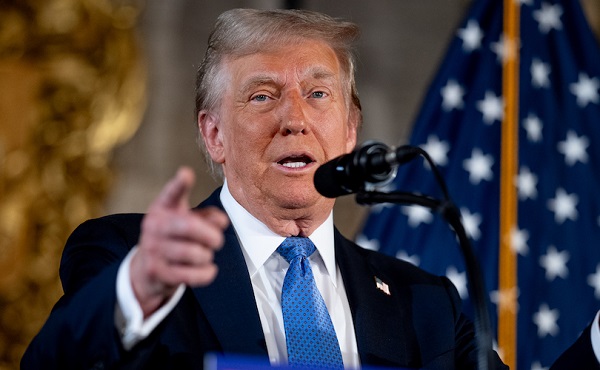
From LifeSiteNews
By Dan Frieth
In his letter dated July 9, 2025, addressed to President Luiz Inácio Lula da Silva, Trump ties new U.S. trade measures directly to Brazilian censorship.
U.S. President Donald Trump has launched a fierce rebuke of Brazil’s moves to silence American-run social media platforms, particularly Rumble and X.
In his letter dated July 9, 2025, addressed to President Luiz Inácio Lula da Silva, Trump ties new U.S. trade measures directly to Brazilian censorship.
He calls attention to “SECRET and UNLAWFUL Censorship Orders to U.S. Social Media platforms,” pointing out that Brazil’s Supreme Court has been “threatening them with Millions of Dollars in Fines and Eviction from the Brazilian Social Media market.”


Trump warns that these actions are “due in part to Brazil’s insidious attacks on Free Elections, and the fundamental Free Speech Rights of Americans,” and states: “starting on August 1, 2025, we will charge Brazil a Tariff of 50% on any and all Brazilian products sent into the United States, separate from all Sectoral Tariffs.” He also adds that “Goods transshipped to evade this 50% Tariff will be subject to that higher Tariff.”
Brazil’s crackdown has targeted Rumble after it refused to comply with orders to block the account of Allan dos Santos, a Brazilian streamer living in the United States.
On February 21, 2025, Justice Alexandre de Moraes ordered Rumble’s suspension for non‑compliance, saying it failed “to comply with court orders.”
Earlier, from August to October 2024, Moraes had similarly ordered a nationwide block on X.
The court directed ISPs to suspend access and imposed fines after the platform refused to designate a legal representative and remove certain accounts.
Elon Musk responded: “Free speech is the bedrock of democracy and an unelected pseudo‑judge in Brazil is destroying it for political purposes.”
By linking censorship actions, particularly those targeting Rumble and X, to U.S. trade policy, Trump’s letter asserts that Brazil’s judiciary has moved into the arena of foreign policy and economic consequences.
The tariffs, he makes clear, are meant, at least in part, as a response to Brazil’s suppression of American free speech.
Trump’s decision to impose tariffs on Brazil for censoring American platforms may also serve as a clear signal to the European Union, which is advancing similar regulatory efforts under the guise of “disinformation” and “online safety.”
With the EU’s Digital Services Act and proposed “hate speech” legislation expanding government authority over content moderation, American companies face mounting pressure to comply with vague and sweeping takedown demands.
By framing censorship as a violation of U.S. free speech rights and linking it to trade consequences, Trump is effectively warning that any foreign attempt to suppress American voices or platforms could trigger similar economic retaliation.
Reprinted with permission from Reclaim The Net.
-

 Also Interesting2 days ago
Also Interesting2 days ago9 Things You Should Know About PK/PD in Drug Research
-

 Business2 days ago
Business2 days ago‘Experts’ Warned Free Markets Would Ruin Argentina — Looks Like They Were Dead Wrong
-
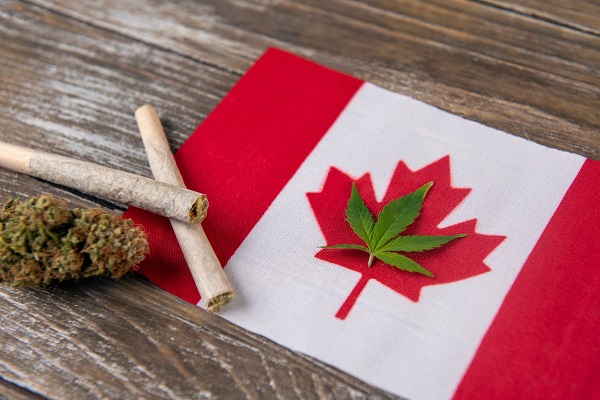
 Business2 days ago
Business2 days agoCannabis Legalization Is Starting to Look Like a Really Dumb Idea
-

 Business2 days ago
Business2 days agoWEF-linked Linda Yaccarino to step down as CEO of X
-

 Business1 day ago
Business1 day agoCarney government should recognize that private sector drives Canada’s economy
-

 Bruce Dowbiggin1 day ago
Bruce Dowbiggin1 day agoThe Covid 19 Disaster: When Do We Get The Apologies?
-

 Automotive2 days ago
Automotive2 days agoAmerica’s EV Industry Must Now Compete On A Level Playing Field
-
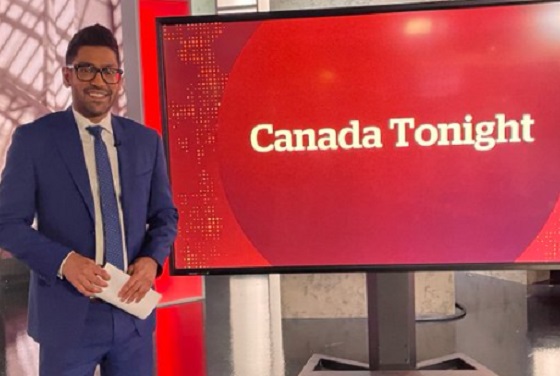
 Media1 day ago
Media1 day agoCBC journalist quits, accuses outlet of anti-Conservative bias and censorship



